This magnificent old Chinese hackberry (Celtis sinensis) is a tree that I've had the honor of seeing up close and personal. It lives at the Pacific Bonsai Museum in Washington State. A not-to-miss experience if you're ever out that way. Though the distinctive split trunk needs no comment, you might also notice the highly developed ramification (fine branching). The tree was donated to the Museum by Ben Oki.
It has been almost two years now since we posted this glowing introduction to Dave DeGroot’s indispensable Principles of Bonsai Design. With the slow inexorable erosion of print media in this digital age, we never thought we would see another bonsai book this popular. But popular it is. And for very good reason. It’s simply the most thorough and clear exposition of bonsai design you’ll find.
Continued below…
Book Sale ends tonight
20% to 30% off Bonsai Books

20% off 1-2 books – 30% off 3 or more
almost all of our books are already discounted
this means double discounts for you
Sale ends tonight, Friday, April 14th at 11:59pm EDT
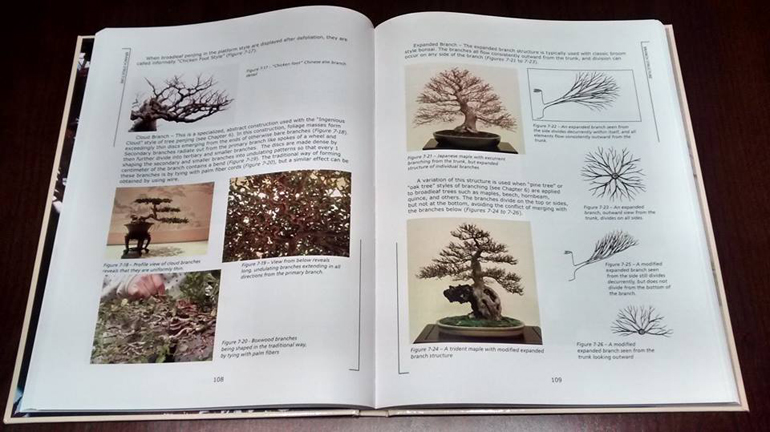
Principles of Bonsai Design. Here's a spread out of Dave's chapter on branch structure. "This book is an absolute must for any serious bonsai grower. I heartily recommend it." Jerry Meislik, author of Ficus, the Exotic Bonsai.
This Formosan juniper (Juniperus formosana) by Mr. Kuo An Lee is from Taiwan. Amy Liang Chang donated it to the Pacific Bonsai Museum. Dave DeGroot wrote: "This Chinese juniper was nursery grown and trained in Taipei, Taiwan. The basic shape was created by bending the juvenile tree around a bamboo stake. Field growing enlarged the trunk, which was then topped to obtain the correct height. The illusion of great age was supported by stripping the bark from certain branches and parts of the trunk. Carved grooves and channels in the stripped trunk suggest a long period of weathering and decay, further enhancing the illusion of age and powerful natural forces. The artist has created a feeling of gracefulness with the gently curving, slanted trunk, while the dropped branch on the right adds tension and interest by making the tree just slightly unbalanced."
You might notice this page from Dave's Principles of Bonsai Design includes the trunk of the tree just above.
Our Spring Bonsai Soil offering
is all bagged & ready to ship
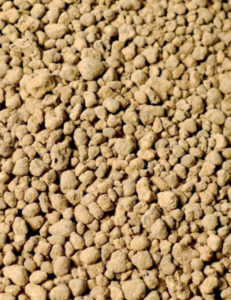 Akadama Japanese Bonsai Soil
Akadama Japanese Bonsai Soil
Kamuna Japanese Azalea Soil
Lava & Pumice for mixing your own
& a Japanese favorite…
Aoki blended volcanic soils
Amy Liang Chang (you might know her as just Amy Liang) of Taiwan is the artist and donor of this gnarly old (over 400 years!) Japanese black pine (Pinus thunbergii). Dave wrote this about this magnificent old tree: "The black pine is a coastal tree of southern Japan, strong, vigorous, long lived and possessed of many attractive qualities. For all the above reasons, it is known as “The King of Bonsai." This tree was quite tall when it was collected. In order to create a bonsai of pleasing proportions, the entire upper trunk was cut off, leaving only the lower trunk and the first four branches. Taipei bonsai artist Amy Liang Chang purchased the tree from a Japanese nurseryman in 1971 and styled into in its present form. The tree was totally cleansed of soil to permit its importation to the U.S. in 1989. Although badly stressed by that experience, it lived up to its reputation as a strong, vigorous tree and recovered fully."
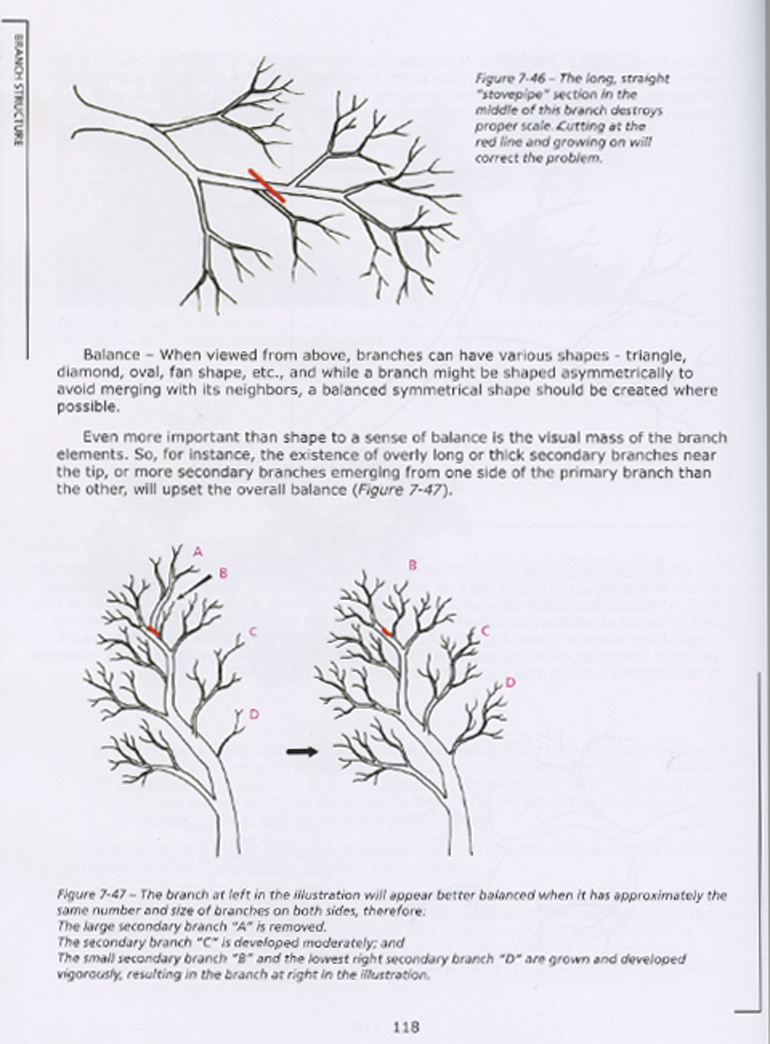
One more page from Principles of Bonsai Design. Just to whet your appetite.
The artist and donor was of this brilliant Japanese maple was George Gray of Dallas, Texas. It's date of origin is 1963 and it has been a bonsai since 1968. Here's what Dave DeGroot wrote about this colorful tree: "Certainly, the Japanese maple is one of the most beautiful trees in any landscape, and one of the most beautiful for bonsai as well. Artist George Gray developed this maple from a cutting over a period of more than 30 years. Such a long time in a shallow pot has given the tree excellent surface roots and delicate, well-proportioned branches, so that it projects a sense of both strength and softness. A low, upswept branch on the right side of the tree adds interest by suggesting a secondary trunk. The shape of the Tokoname-ware container is oval to harmonize with the softly rounded shape of the crown of the tree. The beautiful blue-green color of the container is a perfect foil for orange and red autumn foliage."
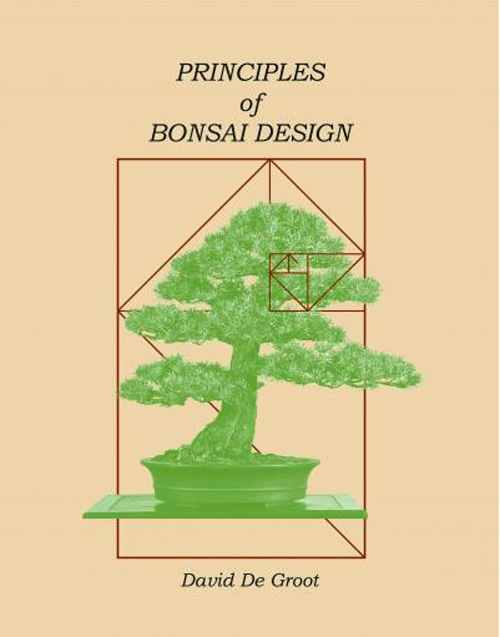
Principles of Bonsai Design. The most thorough and useful Bonsai Design book since John Naka's famous Bonsai Techniques 1 & 2, both of which no doubt greatly influenced Dave (at the risk of bonsai heresy, Dave's book may be as thorough and useful as John Naka's famous books - you can decide for yourself if you can get your hands on Techniques 1 and 2).
25% off all Tool Sets, Kits & Rolls
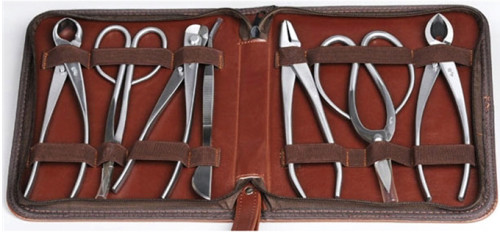
This sale includes our tool sets, tool rolls and cases,
and any set of 2 or more tools that are sold together on our website
More Savings for Stone Lantern Orders
Extra 10% off orders 100.00 or more
and FREE Shipping on Continental U.S. orders 49.00 or more
but only if you choose free shipping when you check out